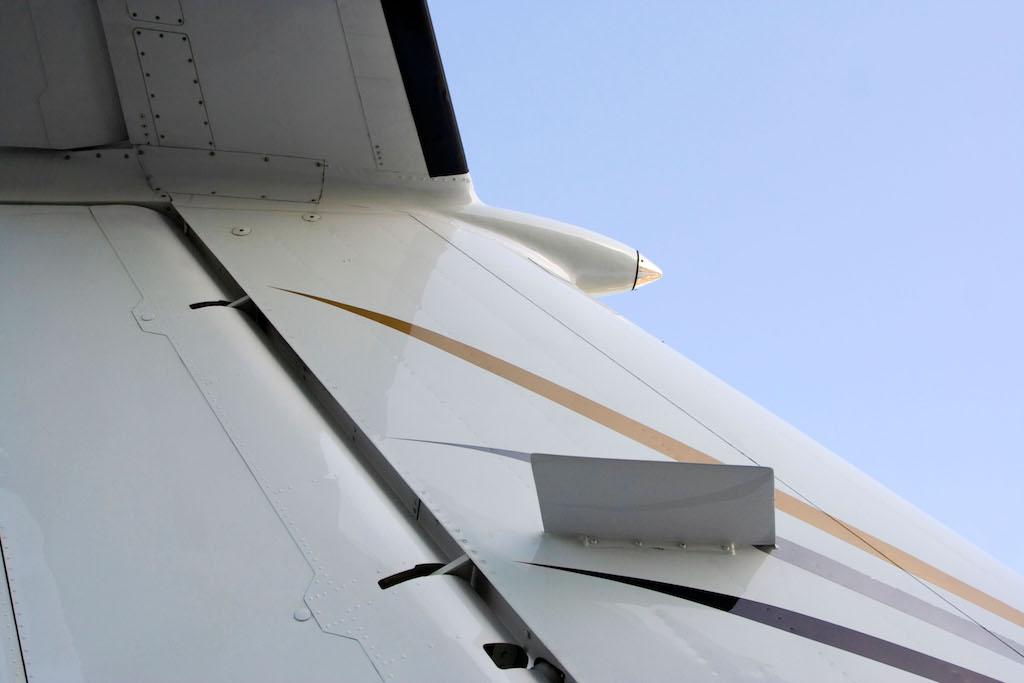
In Part 2, we discussed how aircraft vibrations can be a warning of impending failure.
When a flight crew lands and reports “We heard/felt strange vibrations during flight,” a maintenance technician doesn’t have enough information to narrow the search of likely causes. Troubleshooting is further complicated because the vibrations are occurring in flight, not on the ground.
Fortunately, all of the incidents cited in this article were concluded when the aircraft landed safely. During the stress of these events the additional workload of trying to remember the aircraft’s parameters at the onset of the vibration is a relatively low priority in comparison to getting the aircraft safely on the ground.
The specific checklists utilized by a manufacturer’s maintenance flight crews who conduct test flights for vibration detection and diagnosis are lengthy and specially designed to capture numerous parameters that will help in the post-flight diagnosis. These special checklists are part of the unique procedures for vibration detection and are not normally available to flight crews who are assigned to regular duties.
It is helpful for subsequent troubleshooting if you can accurately recall a number of important parameters: aircraft weight, altitude and airspeed. Did you “see” the vibrations in the control column? Did you sense vibrations through the flight controls? Did you observe visible shaking of other parts of the aircraft structure? What phase of flight did it start? Did the aircraft configuration include extension of the flaps and gear? Did the vibrations change, and, if so, did it seem to occur with any change in the speed, altitude, thrust, configuration or flight control movement? Was there atmospheric turbulence? How intense were the vibrations?
This troubleshooting process often involves taking the aircraft back into flight. As a former maintenance pilot at a large fractional carrier, this was a duty that I performed on numerous occasions. Seldom were the causes of the vibrations obvious. Many times, we had to do multiple flights as part of the troubleshooting process.
Some of the memorable cases involved landing gear doors that were slightly out of alignment. One case involved a flight crew who reported an inflight vibration only to discover a panel on the belly between the main gear wells that was missing 70% of its screws. One problematic case consumed weeks, along with a half-dozen test flights, before determining that a flap fairing was the cause of abnormal vibrations.
Vibrations in flight controls were of course taken very seriously. “We,” meaning the team of maintenance technicians and myself, were troubleshooting mysterious rudder vibrations. We flight tested the aircraft on several flights after their maintenance attempts. Finally, after many days, the technicians greeted me with a grin and said, “You won’t believe what we found inside of the rudder!” It was a bird’s nest. We could not fathom how a bird would gain access to the rudder. The next flight test proceeded smoothly.
These examples illustrate the importance of pilot training to know specific handling issues such as ground resonance. Operating an aircraft in compliance with its limitations and always within its flight envelope is vital. Excessive wear on critical aircraft components or improper maintenance allows vibrations to occur within the normal flight envelope. Immediate detection by a pilot to prevent further damage to the aircraft’s important structures and flight controls is necessary, which includes getting the aircraft on the ground in a timely manner.


